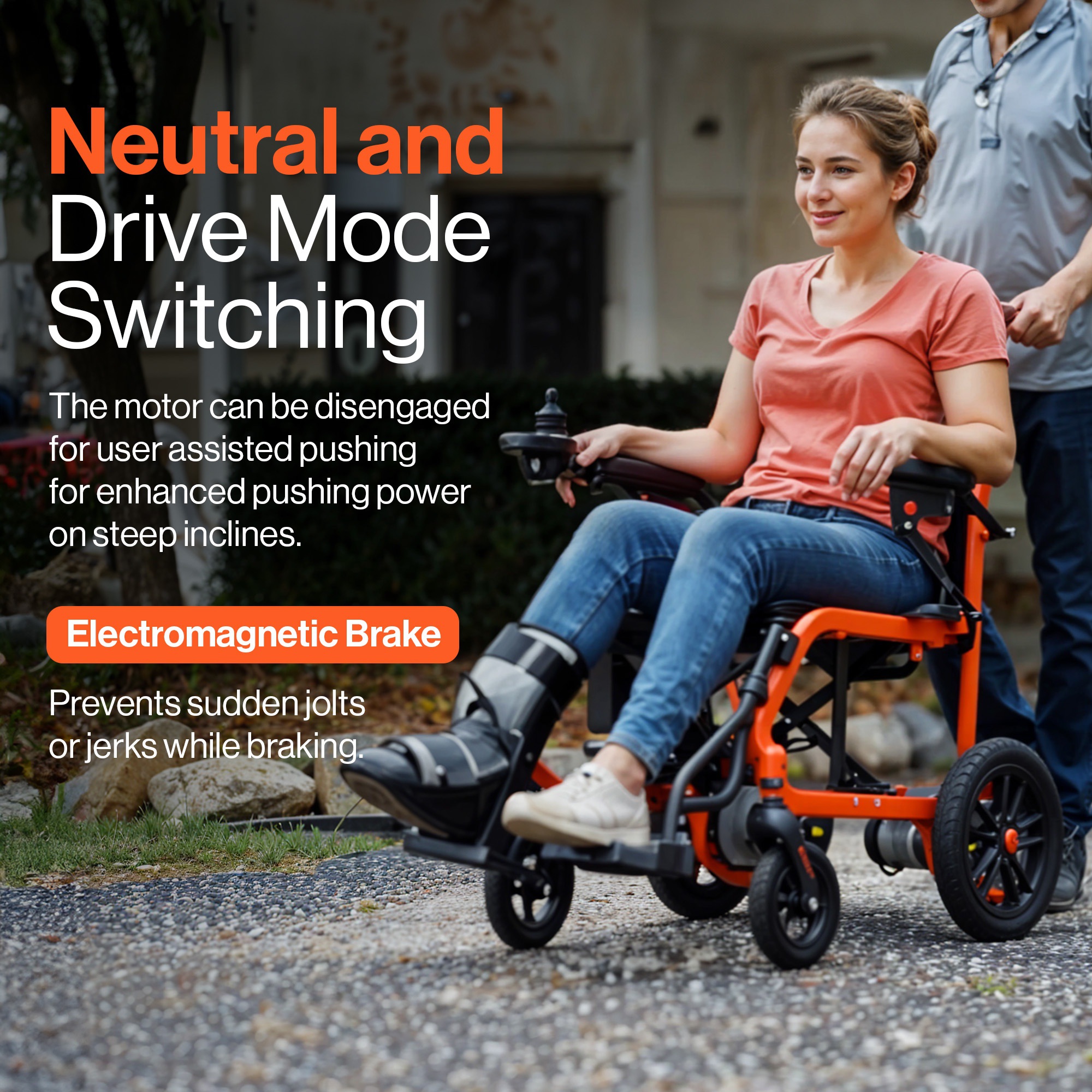
A powered wheelchair lets you move easily and stay independent. The Electric Wheelchair - 24V 6Ah Battery, 220LB helps people who need steady mobility support. It is made to be safe and comfy, so you feel protected while using it. Check the Wheelchair Battery - 24V 6Ah often and learn how to use electric wheelchairs to get the most out of them. If you take care of it, this helpful tool can improve your daily life.
Always stay safe by wearing the seatbelt and checking the wheelchair before using it.
Key Takeaways
- Look over all parts of your wheelchair when it arrives to check safety and how it works.
- Practice using the joystick and controls in a safe spot to feel confident before going to busy places.
- Check the brakes, tires, and battery often to keep it safe and working well.
- Charge the battery the right way and don’t let it fully die to make it last longer.
- Clean your wheelchair and check it regularly to avoid problems and help it last a long time.
Getting Started with Your Powered Wheelchair
Opening the Box and Checking Parts
When your powered wheelchair arrives, open the box carefully. Use scissors or a cutter, but don’t harm the items inside. Place all parts on a flat table or floor. Look at the manual to confirm all parts are there. You should find the frame, seat cushion, joystick, and battery pack.
Check each part for any damage. Look for cracks, dents, or loose wires. If something is wrong, contact the seller or maker right away. Checking now makes sure your wheelchair is safe to use.
Tip: Save the box until you know everything works fine. It might help for returns or storage.
Putting the Wheelchair Together
Use the manual to assemble your powered wheelchair. First, attach the seat to the frame. Make sure it’s tight so it doesn’t move. Then, connect the joystick to the armrest. Check that the wires are straight and not stuck.
Put the battery pack in its slot as shown in the manual. Make sure it clicks into place. Add any extra parts like footrests or headrests if they came with it.
Note: Only use tools listed in the manual. This avoids breaking the wheelchair.
Getting Ready to Use It
Charge the battery fully before using your powered wheelchair. A full charge gives the best performance. Test the joystick and controls while the wheelchair is not moving. Learn how to go forward, backward, and change speeds.
Adjust the seat and armrests to feel comfortable. Check that the seatbelt fits well. Do a quick safety check by testing the brakes and making sure the tires are full. Once everything is ready, you can enjoy your new wheelchair.
Reminder: Read the safety section in the manual before your first ride.
Operating the Powered Wheelchair
Understanding the Joystick and Controls
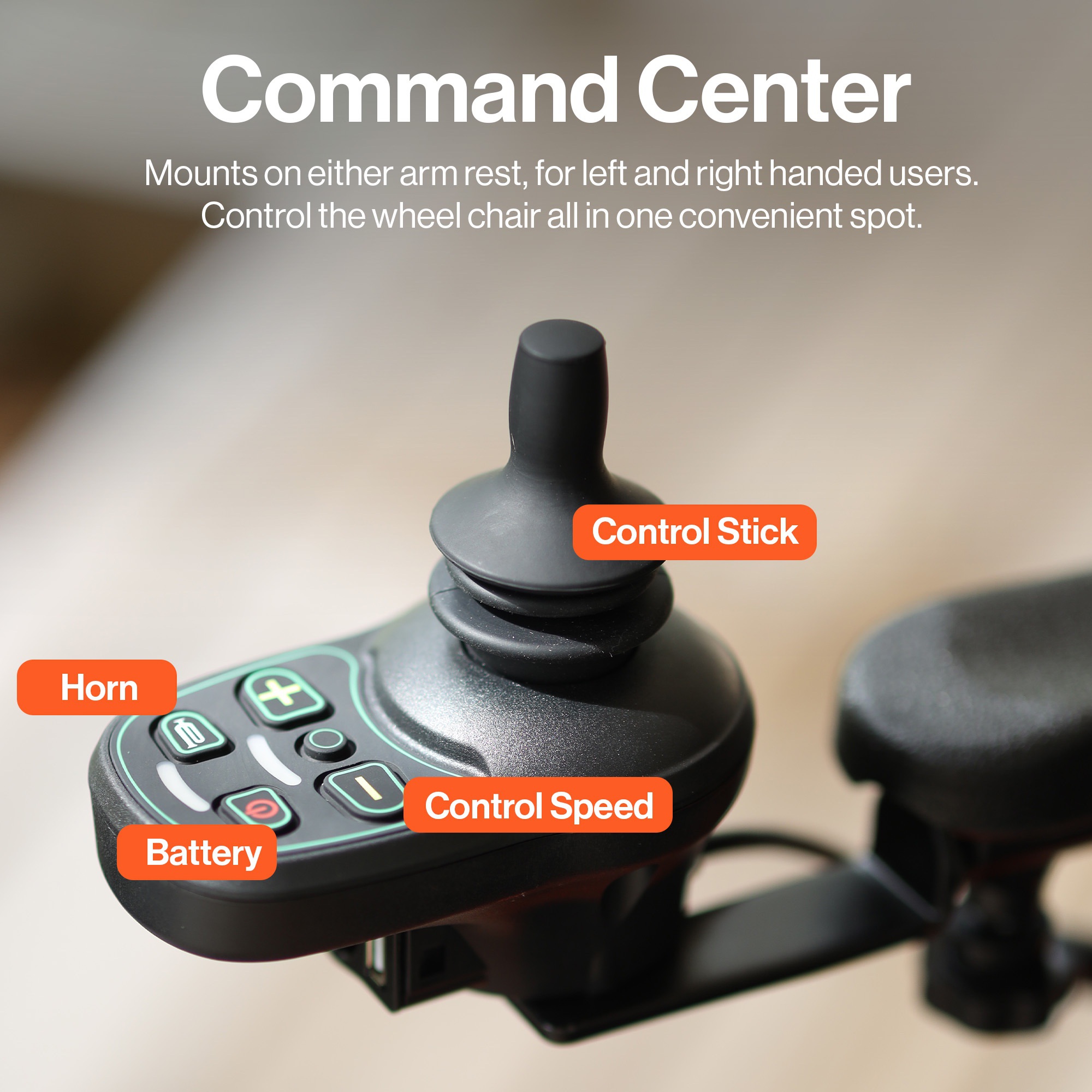
The joystick helps you steer your powered wheelchair. You can move forward, backward, or turn easily. Learn how it works before using it. Most joysticks have simple buttons for speed and direction.
Hold the joystick gently to start. Push forward to go ahead and pull back to reverse. Move it left or right to turn. Practice in a safe, open area to feel confident. Some models have extra buttons for lights or horns. Read the manual to know all features.
Tip: Keep your hand steady when using the joystick. Quick moves can make the wheelchair jerk or turn suddenly.
Starting, Stopping, and Adjusting Speed
Starting and stopping your powered wheelchair takes care. Turn it on and keep the joystick neutral. Push forward gently to start moving. To stop, return the joystick to neutral, which activates the brakes.
Set your speed using the control buttons. Start slow in crowded or tight spaces. Increase speed as you get more comfortable. Special strategies can improve how the wheelchair handles movement. These methods help with smooth starts, stops, and speed changes.
- Turning off help during recovery can improve control.
- Adjusting weight and damping makes movements smoother.
Reminder: Test speed settings in a safe place before using the wheelchair outside.
Maneuvering Safely in Different Environments
Driving in different places needs focus and skill. Indoors, avoid bumping into furniture or walls. Outdoors, watch for uneven ground, slopes, or debris. Turn slowly and avoid sudden joystick movements.
Go slower on slopes and stay straight. Avoid steep hills to stay safe. Move carefully on bumpy or wet surfaces. If it’s slippery, go slow or ask for help.
Note: Look around for dangers like branches or trash. Staying alert keeps you safe.
Safety Guidelines for Powered Wheelchair Use
Checking Brakes, Tires, and Battery
Check your powered wheelchair often to keep it safe. Start with the brakes. Test them by moving forward and stopping gently. Brakes should work right away. If they don’t, call a repair expert.
Tires help keep the wheelchair steady. Look for cracks or worn-out tread. Make sure the tires have the right air pressure. Use a gauge to check if they are properly filled.
The battery powers your wheelchair, so it must work well. Check the charge before using it. Look at the wires for rust or looseness. A good battery keeps your wheelchair running smoothly.
Tip: Regular checks make your wheelchair safer and last longer.
Navigating Slopes and Uneven Surfaces
Be careful on slopes and bumpy areas. Indoors, avoid steep ramps or uneven floors. Outdoors, check the ground before moving. Use paths with small slopes for safety.
|
Safety Rating |
Home Use |
Public Use |
Work Areas |
|
|---|---|---|---|---|
|
Small |
Best |
0–6% |
0–6% |
0–2% |
|
Medium |
Okay |
6–12% |
6–12% |
2–6% |
|
Steep |
Risky |
12–18% |
12–18% |
6–12% |
|
Very Steep |
Unsafe |
>18% |
>18% |
>12% |
Keep your wheelchair straight on slopes to avoid tipping. Go slow and don’t jerk the joystick. For steep slopes, ask for help or use handrails. On rough surfaces like gravel or wet ground, move carefully. Avoid cracks or trash that could cause problems.
Note: Follow local rules and ask experts for slope safety advice.
Avoiding Overloading and Common Hazards
Don’t overload your powered wheelchair. Check the manual for the weight limit. Don’t carry heavy bags or items over the limit. Spread weight evenly to keep balance.
Watch out for dangers around you. Indoors, avoid loose rugs or messy areas. Outdoors, stay away from low branches, uneven dirt, or slippery spots. Look for cracks or leaning poles that might be unsafe.
Reminder: Staying aware of your surroundings helps you stay safe.
Maintenance and Troubleshooting Tips
Charging the Battery Correctly
Charging the battery right helps your wheelchair work well. Always use the charger that came with it. Plug it into a regular outlet and connect it to the wheelchair's charging port. Unplug the charger when the battery is full to avoid overcharging.
To keep the battery working its best, remember these points:
|
Aspect |
What It Does |
|---|---|
|
Real-Time Voltage Check |
Checks battery level and stops overcharging. |
|
Feedback System |
Shows charging updates for safety. |
|
Charging Time Calculation |
Adjusts charging time based on battery size. |
|
Constant Monitoring |
Protects the battery while charging. |
|
After-Charge Review |
Helps improve future charges and extends battery life. |
Tip: Charge your wheelchair in a cool, dry place to stop overheating.
Cleaning and Routine Inspections
Cleaning and checking your wheelchair often keeps it in good shape. Use soft soap and a cloth to clean the frame and wheels. Dry everything well to stop rust. Check the tires for wear and make sure they have enough air. Test the brakes to see if they work fast. Tighten loose screws or bolts to avoid problems.
- Clean weekly to remove dirt and dust.
- Check tires and brakes every month for safety.
- Tighten screws and bolts when needed to keep it steady.
Reminder: Don’t use strong cleaners that might harm the wheelchair’s surface.
Fixing Common Problems
Knowing common problems helps you fix them faster. Issues often happen with the seat, electronics, or tires. Regular care lowers the chance of these problems. If something breaks, ask a professional for help to avoid making it worse.
- Wheelchairs break more often for active users.
- Repairs usually involve the seat, electronics, or tires.
- Regular care saves money and time on repairs.
Studies show 42% of users face repair issues, with an average fix time of five days. Repairs cost about $150, so taking care of your wheelchair is important.
Note: Keep a small repair kit for quick fixes like tightening screws or patching tires.
Using your SuperHandy powered wheelchair is easy with the right steps. Setting it up, using it safely, and keeping it maintained help it work well for a long time.
- Important Points:
-
-
Put together and check your wheelchair properly.
-
Practice steering and using controls in a safe spot.
-
Check brakes, tires, and battery often.
-
Tip: Always read the manual for clear instructions. Taking good care of your wheelchair will keep it helpful for many years.
FAQ
What should you do if the joystick stops working?
First, make sure the joystick is firmly attached. Check the wires for breaks or loose ends. Restart the wheelchair to see if it fixes the issue. If it still doesn’t work, call a repair expert for help.
Tip: Keep the joystick clean and clear of dirt.
How often should you charge the wheelchair battery?
Charge the battery every day or after using it. Don’t let the battery go completely empty, as it can shorten its life. A full charge usually takes 6-8 hours, depending on the wheelchair.
Reminder: Only use the charger that came with your wheelchair.
Can you use the wheelchair in the rain?
Avoid using the wheelchair in heavy rain or wet areas. Water can harm the electronics and make the wheels slip. If you need to go out, use a waterproof cover to protect yourself and the wheelchair.
Note: Dry the wheelchair well if it gets wet.
How do you know when the tires need replacing?
Look at the tires often for cracks or worn-out treads. Replace them if they look smooth or don’t grip well. Good tires make your rides safer and smoother.
Tip: Check the tire pressure once a month to avoid damage.
What is the best way to clean the wheelchair?
Use a soft cloth with mild soap to wipe the frame and wheels. Don’t use strong cleaners that might harm the surface. Dry all parts completely to stop rust. Cleaning often keeps your wheelchair in great shape.
Reminder: Clean weekly to get rid of dirt and dust.


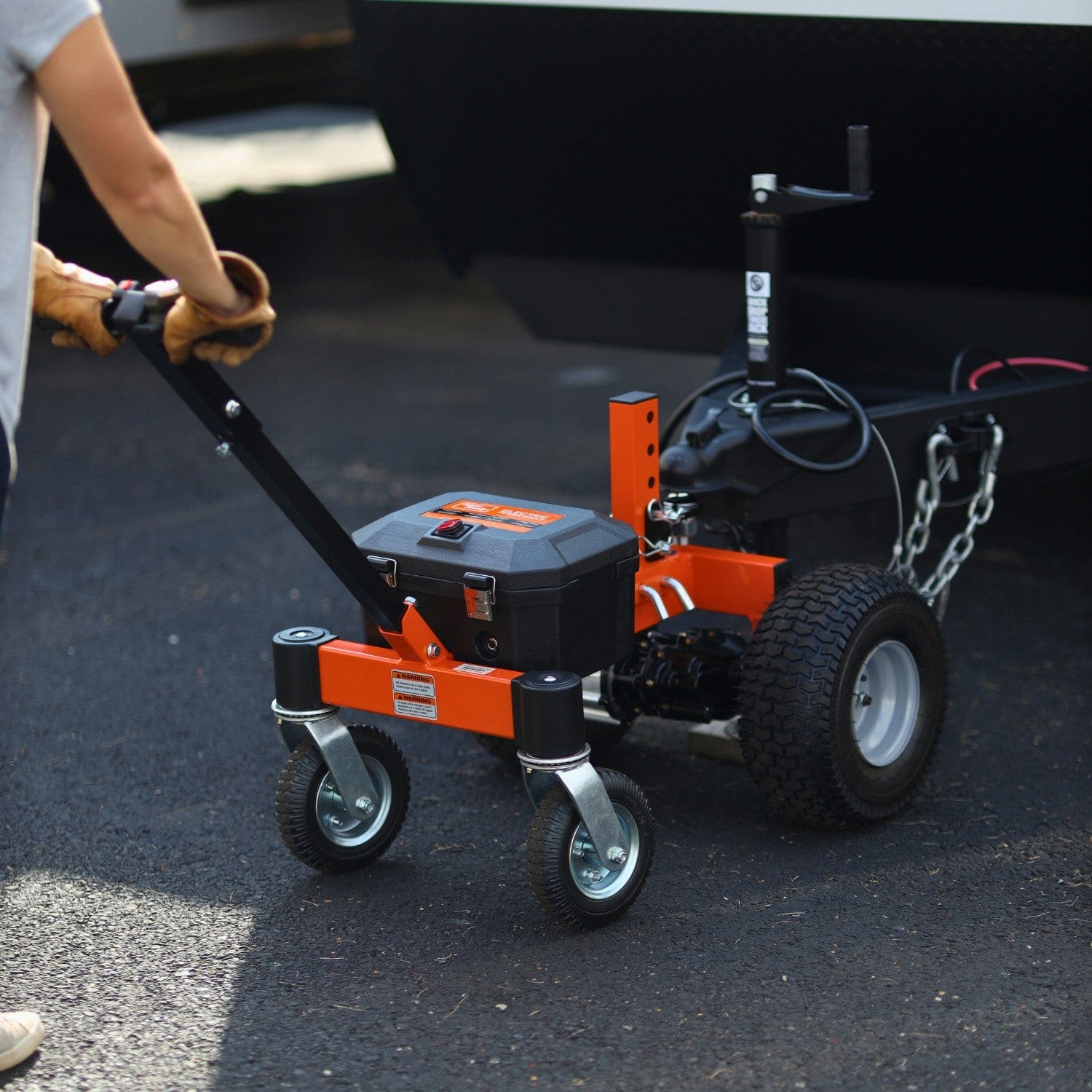
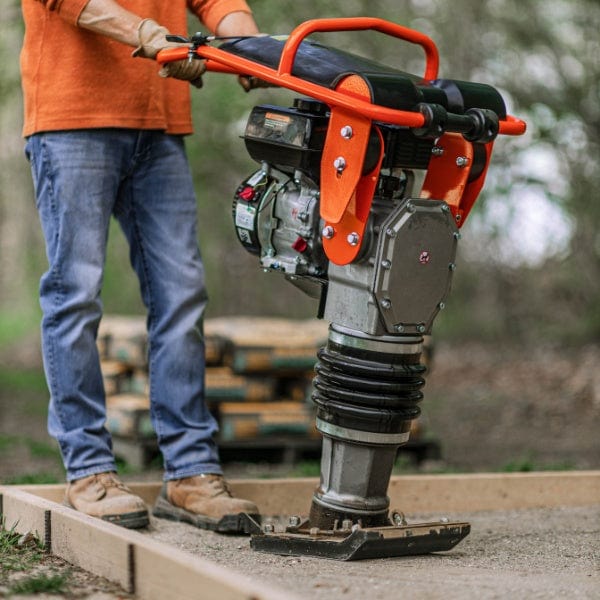
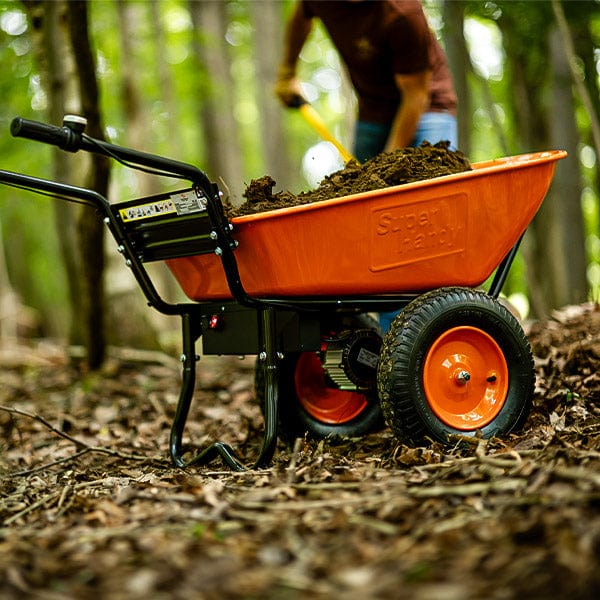


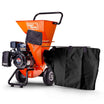
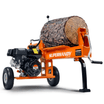

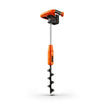
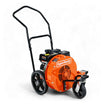
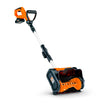
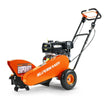
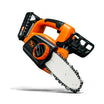
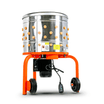
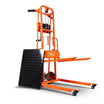
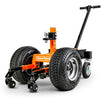
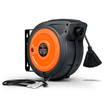
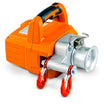
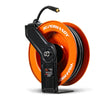
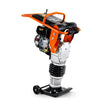
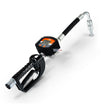
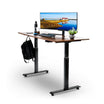
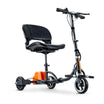
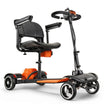
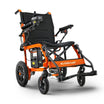
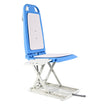

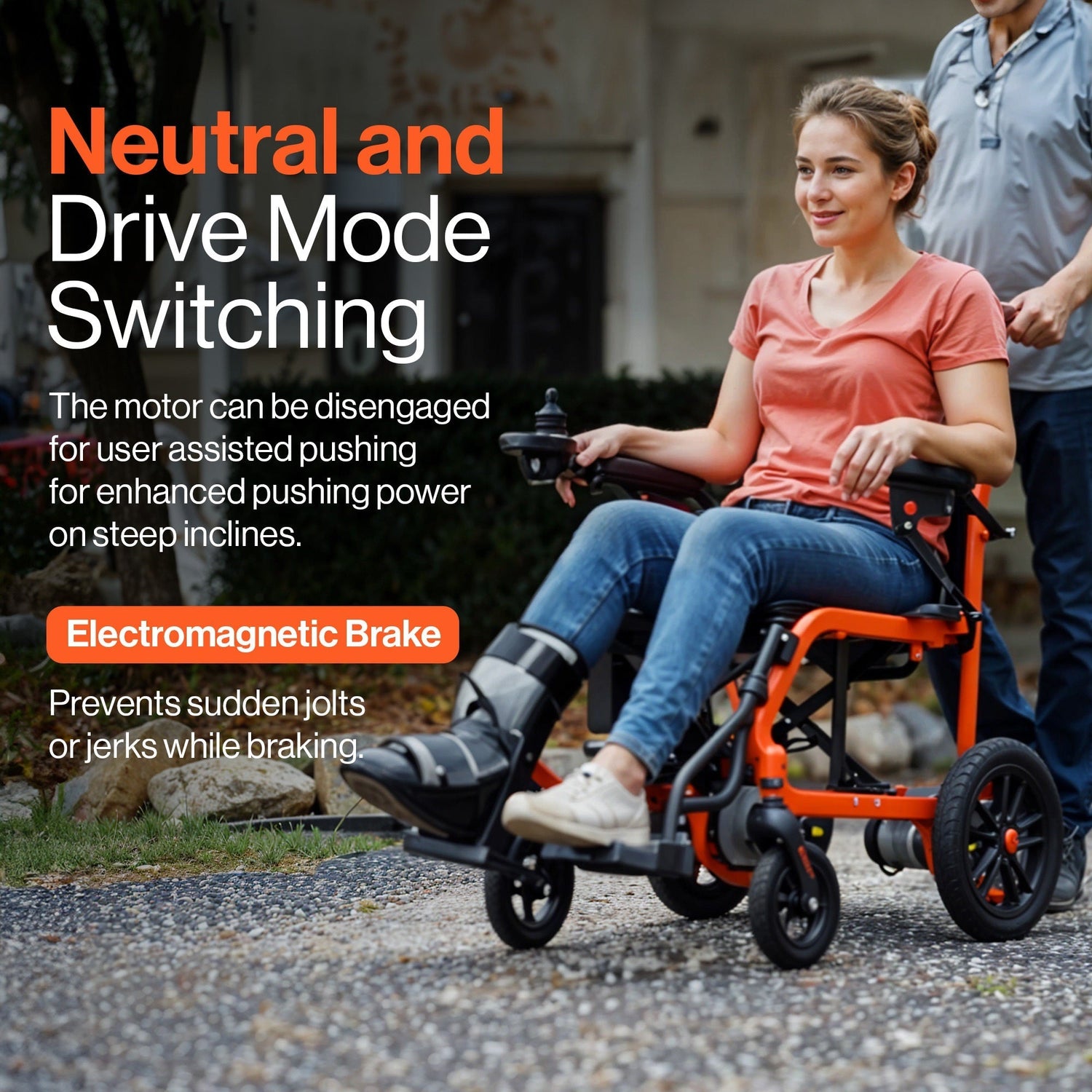
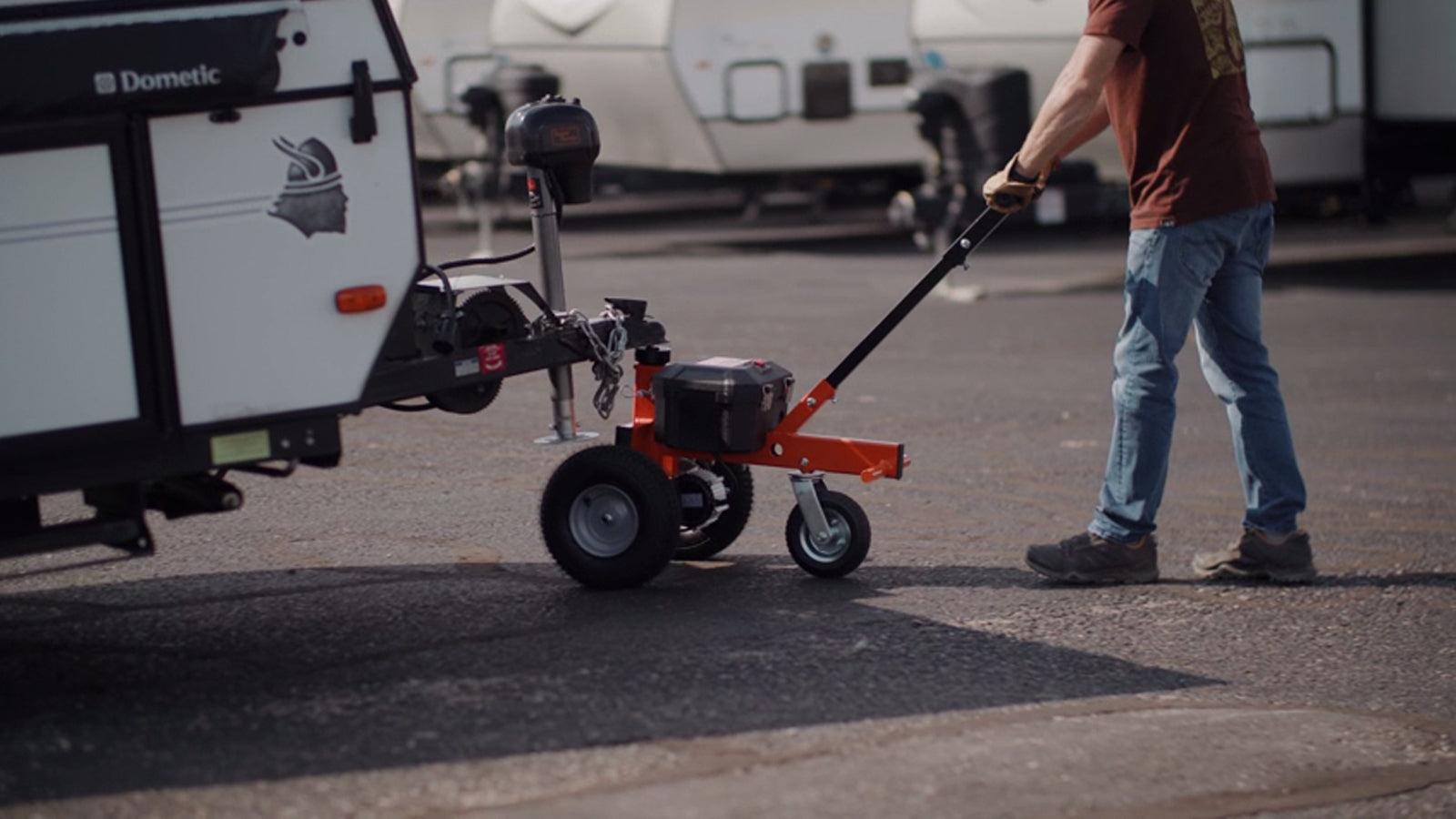
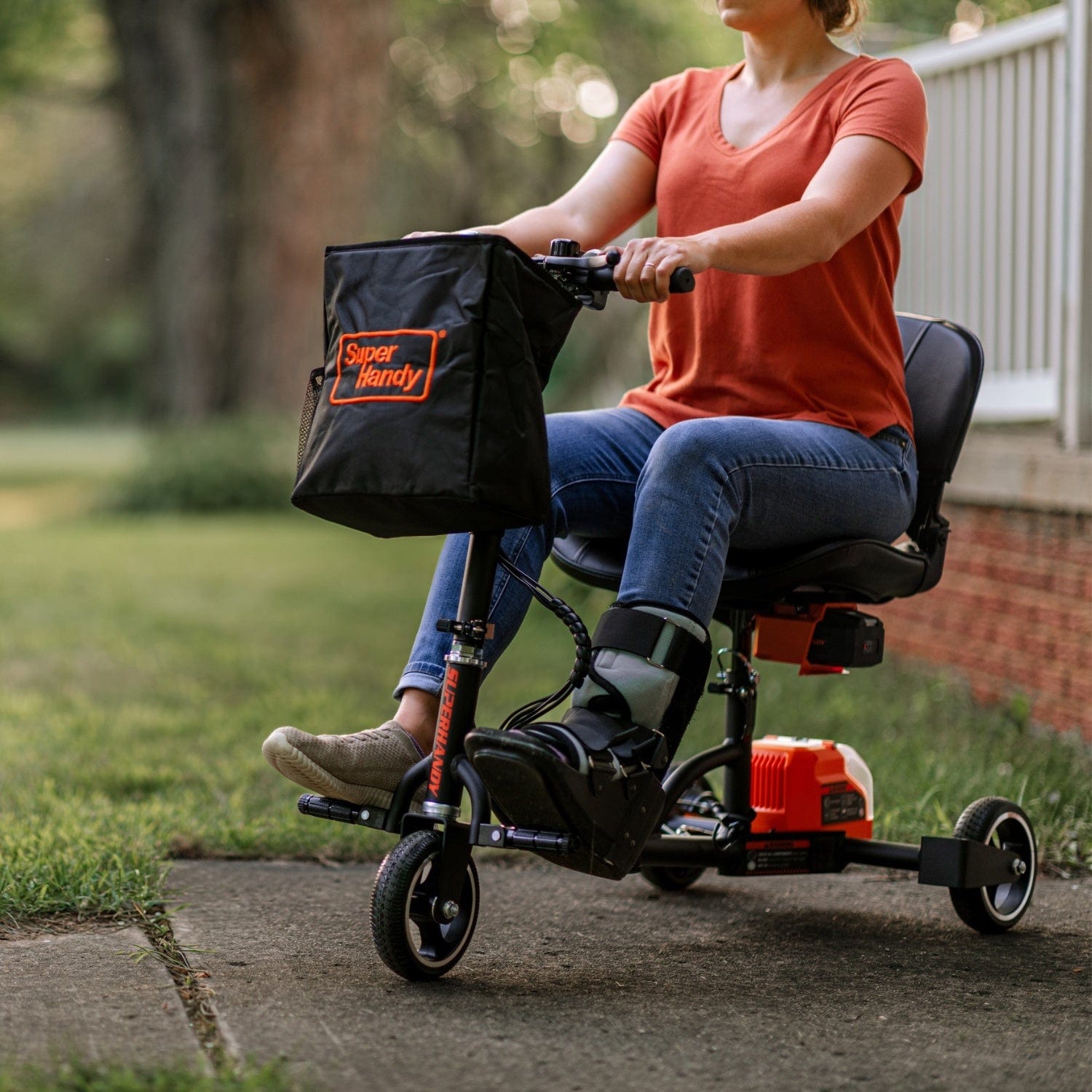
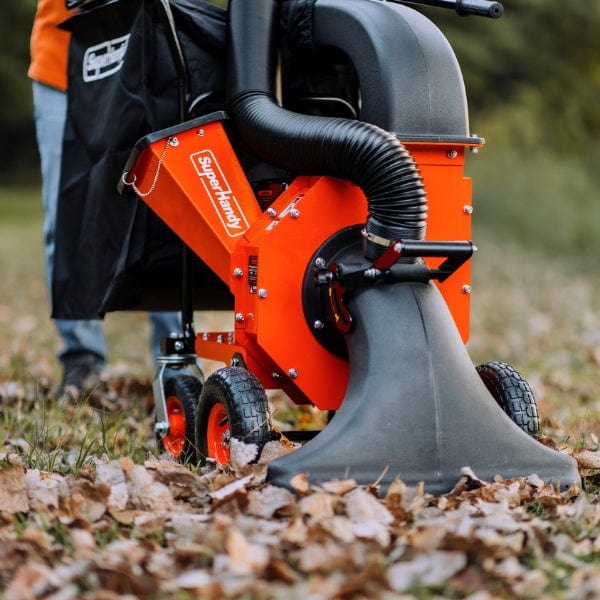
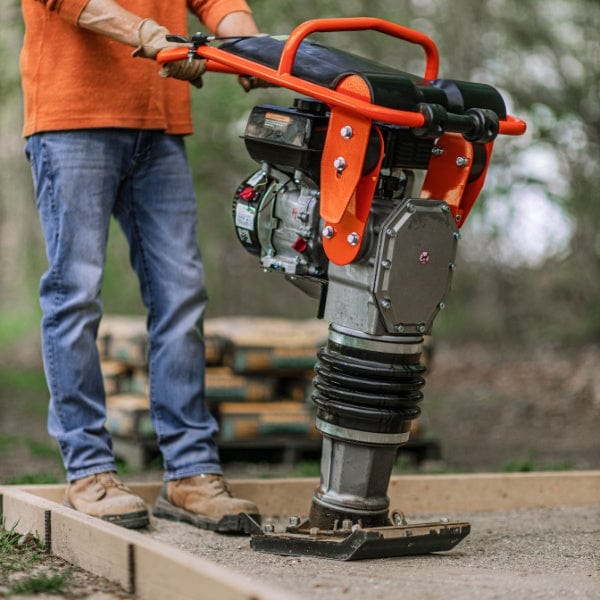
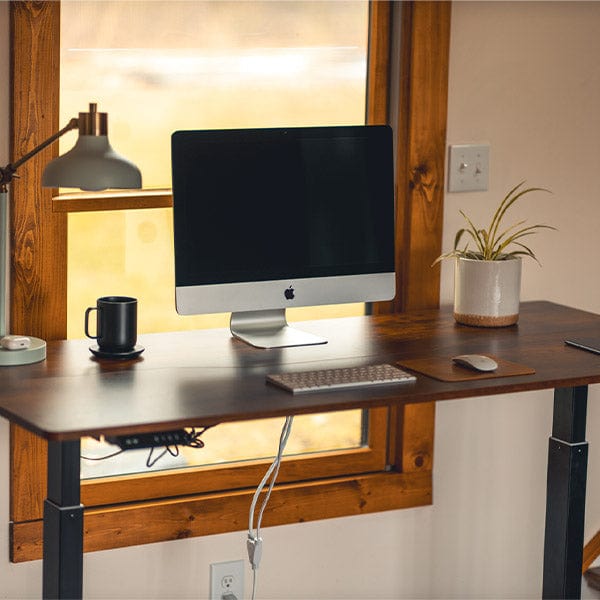
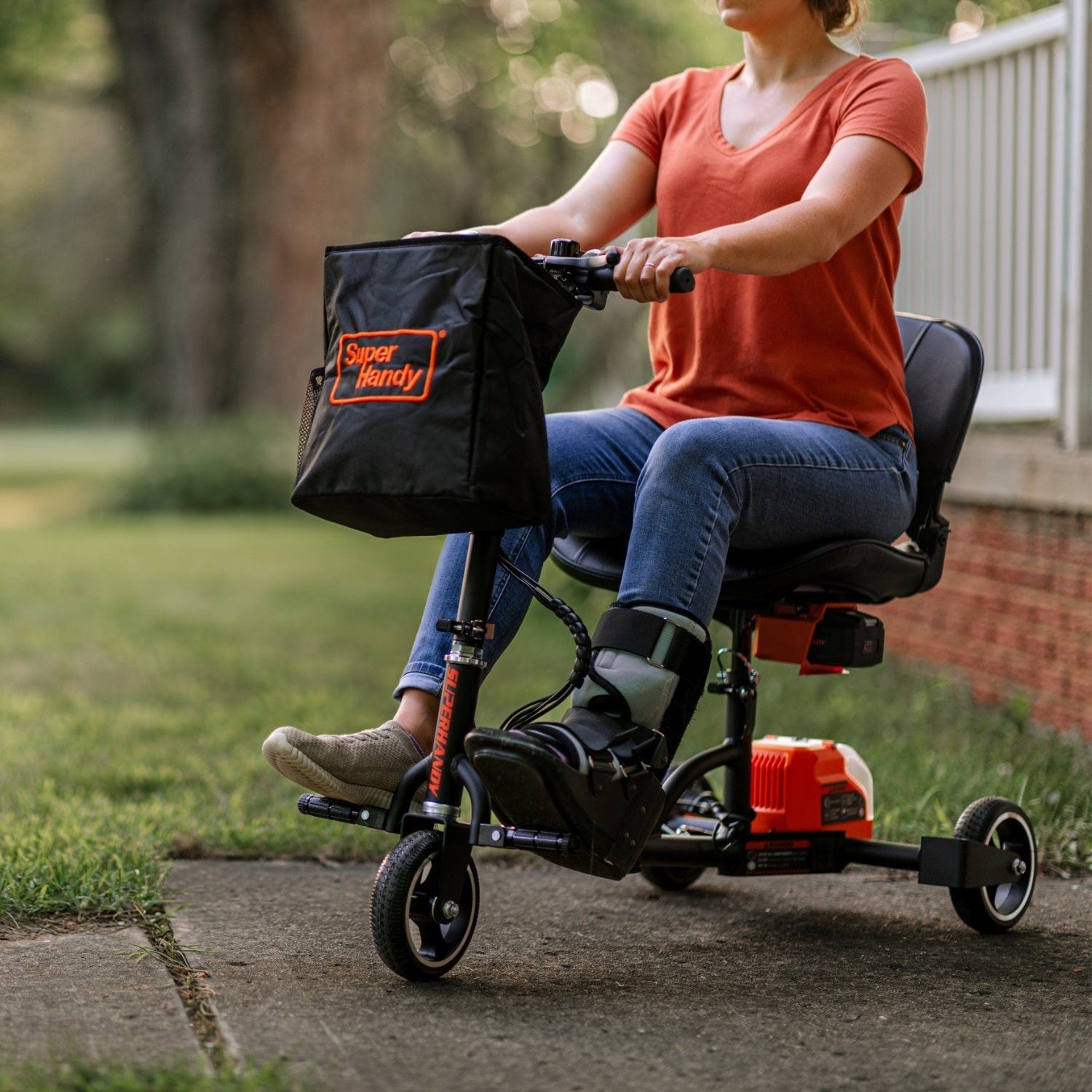
Leave a comment
All comments are moderated before being published.
This site is protected by hCaptcha and the hCaptcha Privacy Policy and Terms of Service apply.